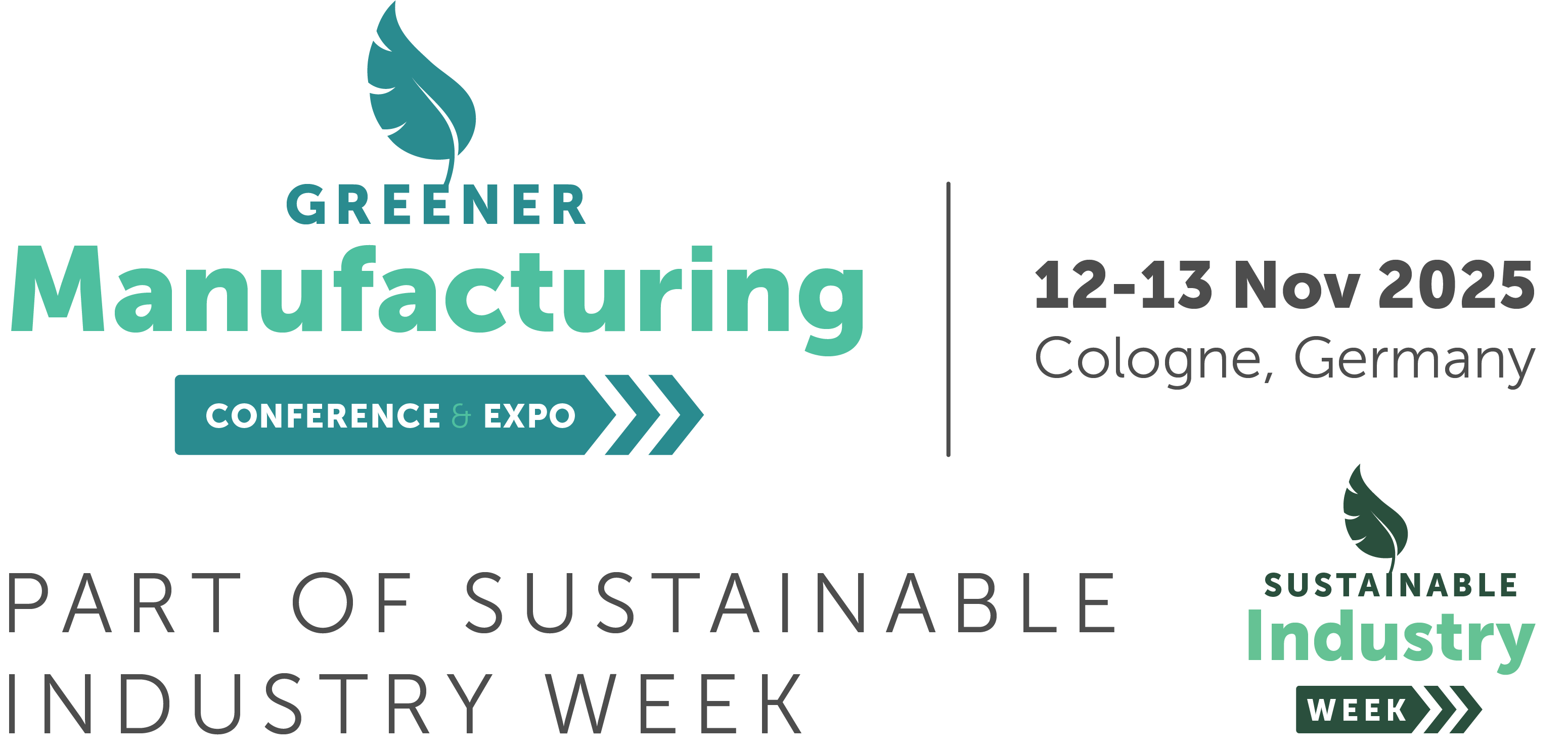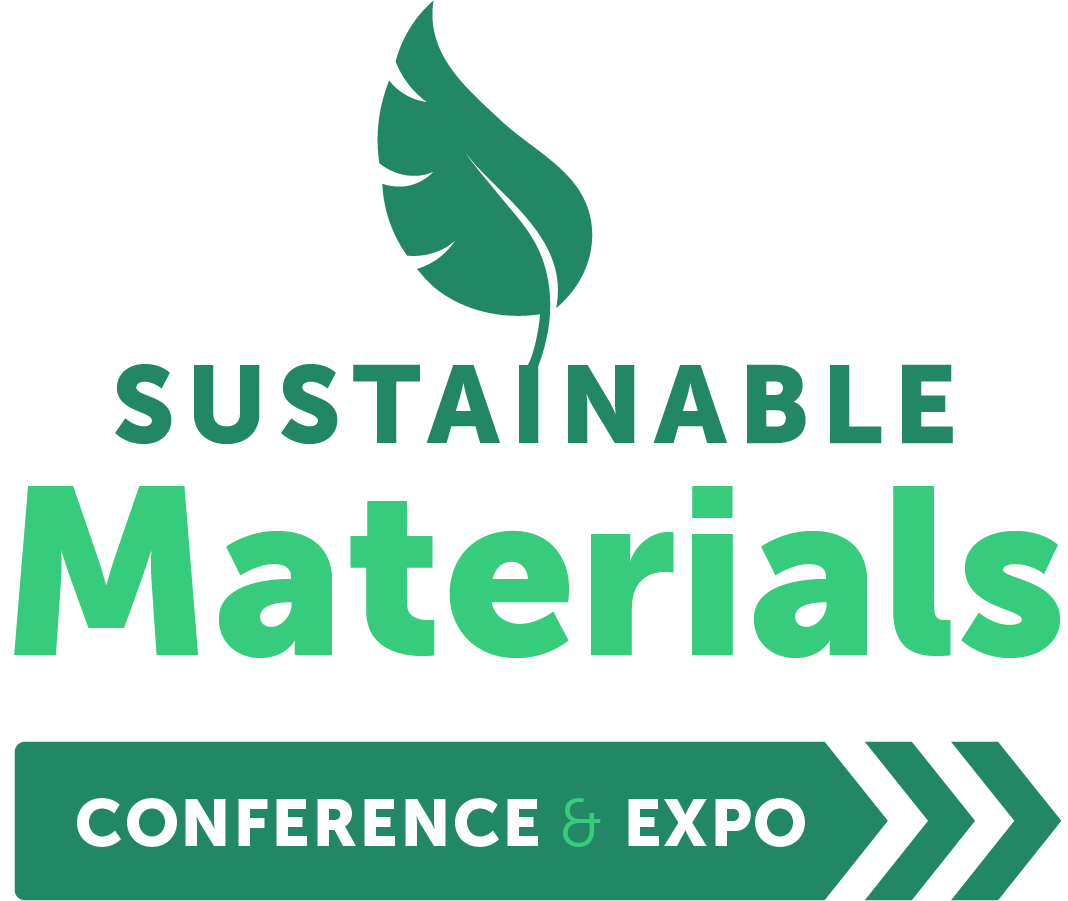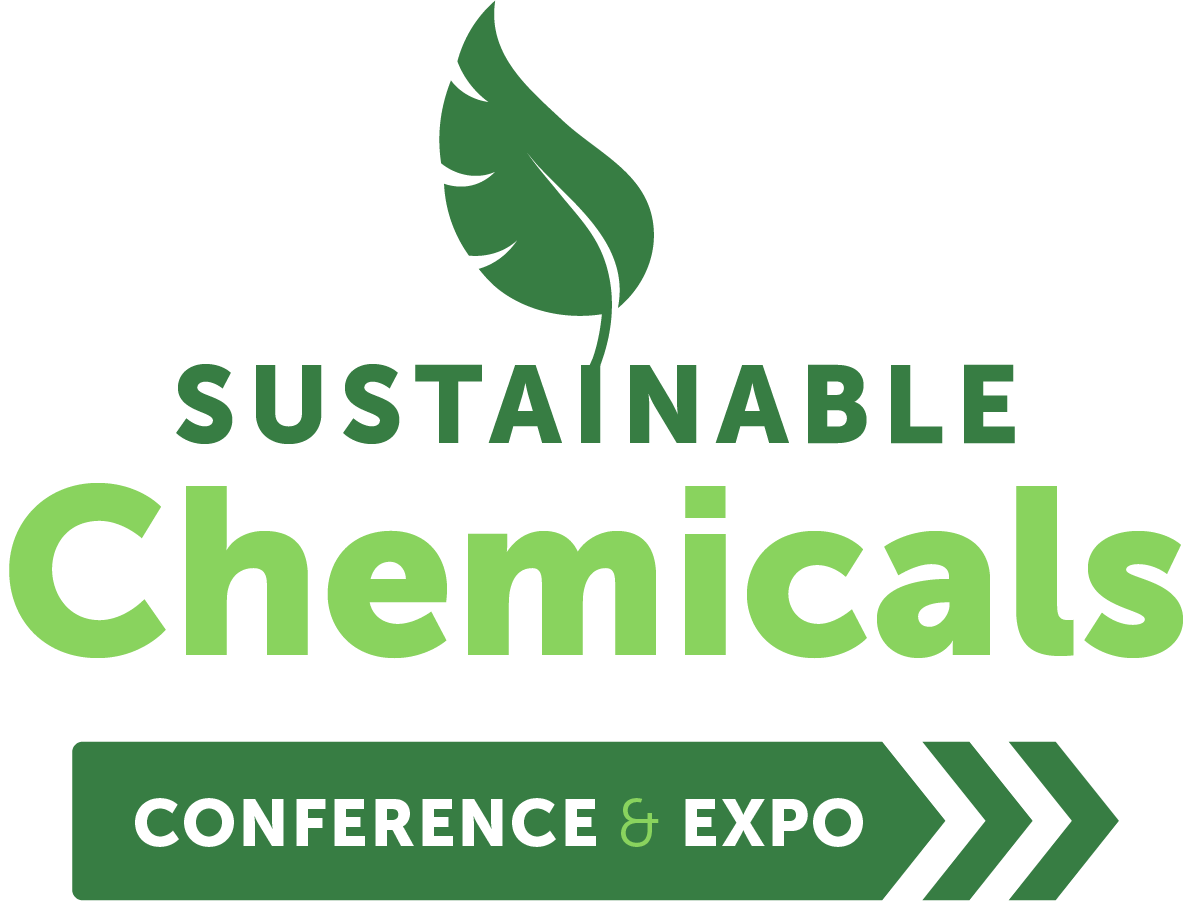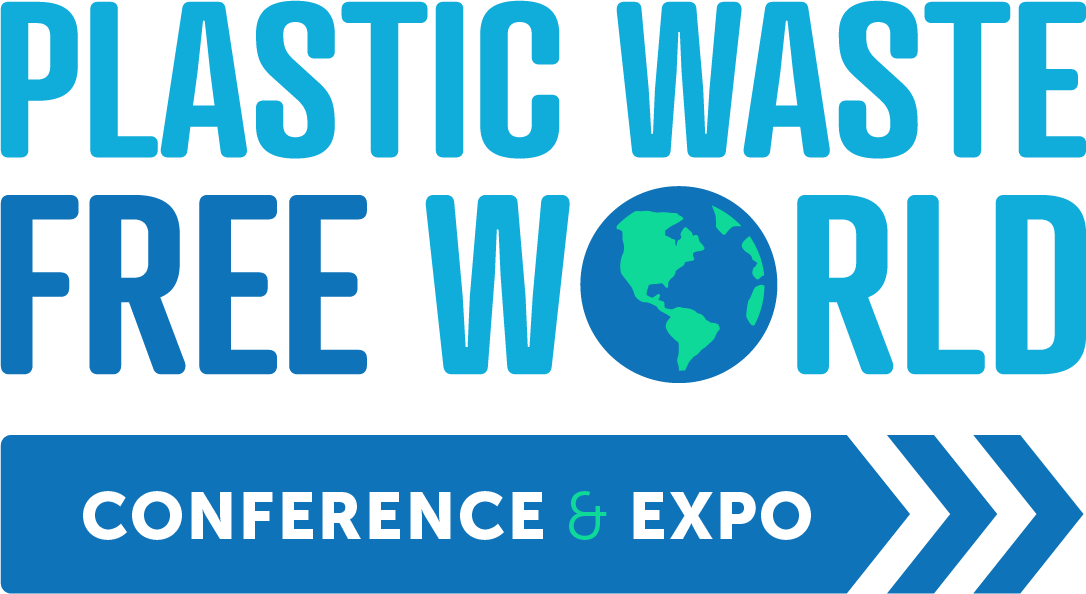Rethinking plastics – the new alternative to current plastic materials is born from CO2
)
There is no denying it: plastic is a controversial material. In many cases, plastic has become the default choice thanks to its versatility, lightness and other great qualities. However, virgin plastic relies on fossil materials: 90% of the plastic we use today is made from fossil raw materials such as oil. At the same time, plastic use is predicted to triple by 2050. That is why it is crucial that we find new and more sustainable ways of producing plastic and keeping it in circulation.
The use of plastics continues to grow, so we must develop solutions to produce the plastic we need in a way that preserves natural resources. The most common method today is mechanical recycling, but the recycling of plastic is increasing at a slow rate: only 9% of annual plastic waste was recycled in 2023, say both the European Environment Agency and the United Nations. And again, some of the plastic cannot be recycled into a new material.
Another option is bio-based plastic, a theoretically renewable material, since wood, sugar beets and sugar cane can be grown more. However, the availability of raw materials can pose a challenge for bio-based plastic – especially since forests are acutely needed as carbon sinks. This leads us to rethinking plastics from new angles – such as carbon capture and utilisation.
Carbon dioxide as raw material for plastics of the future
One solution to the world’s plastic problem lies in carbon dioxide. We capture the carbon dioxide released during waste incineration and mix it with hydrogen, creating base chemicals such as methane or methanol, which can then be further utilised as raw materials in plastic production. In the future, we will need malleable plastics that can be used everywhere and meet the set requirements, whether it be hygiene, colour, haptic or barrier properties.
This leads us to INGA, our biodegradable plastic born entirely from CO2. The quality and properties of INGA are equal to those of traditional fossil-based virgin plastics, and the material is suitable for packages and toys alike. Due to its biodegradable properties, INGA does not leave behind any microplastics, truly making it the next generation of plastics.
Another advantage of binding carbon into a raw material such as plastic is that it keeps it in circulation. When a product made of CO2-based plastic reaches the end of its lifecycle, it can be recycled or incinerated – the carbon is then once again captured, thus closing the loop of its circulation.
The full potential of utilising CO2 in materials is yet to be unlocked, but we are now one step closer.
Fortum Recycling & Waste leads the way towards a revolution in materials by rethinking recycling. In plastics, we are redefining the feedstock and creating the next generation of sustainable plastics born entirely from CO2. Since 2016, we have recycled post-consumer plastic waste and produced Fortum Circo® recycled plastic, which is a sustainable substitute for virgin materials.
Read more: plasticsbornfromco2.com
Read more: www.fortum.com/circo





